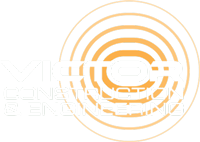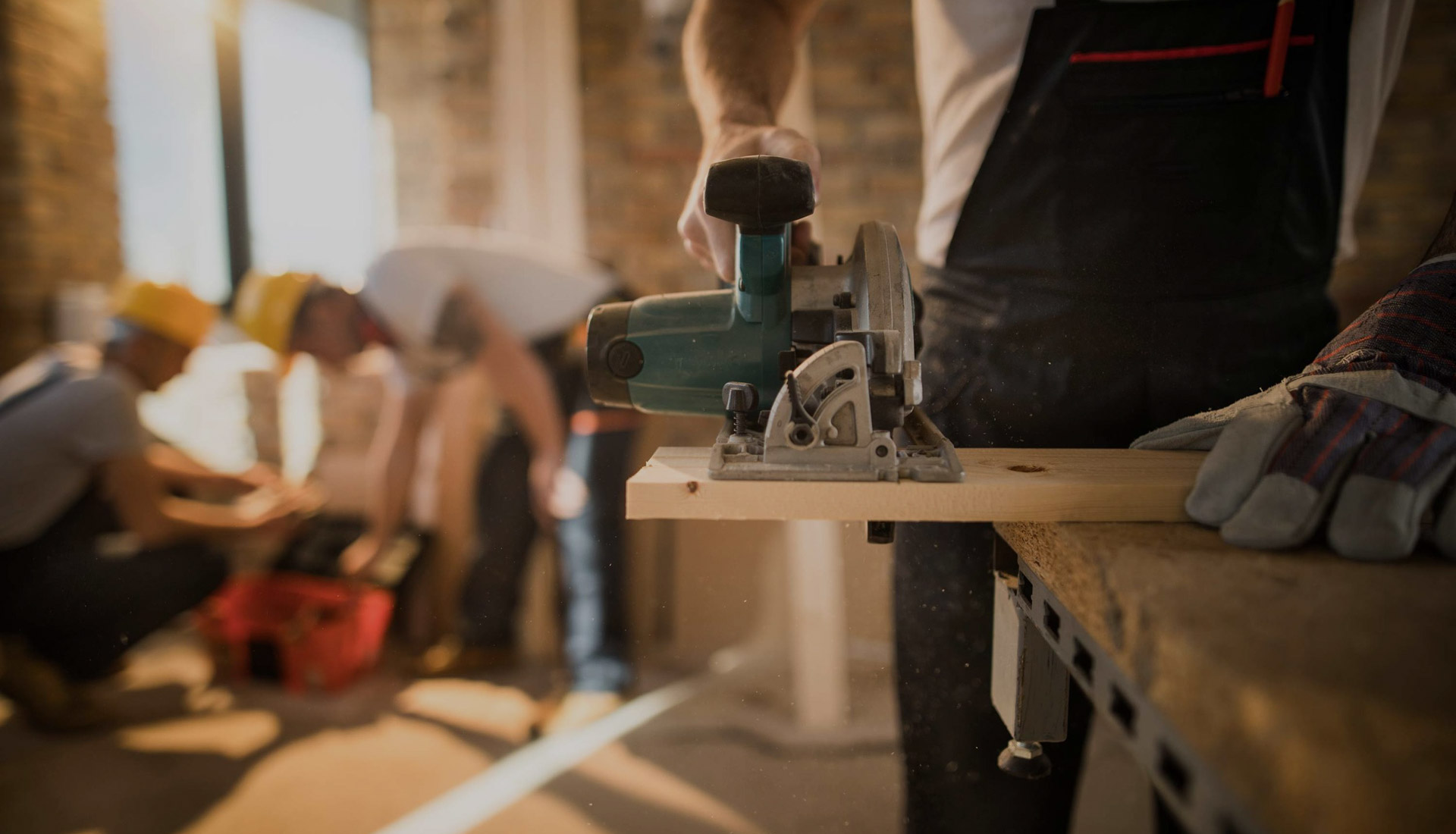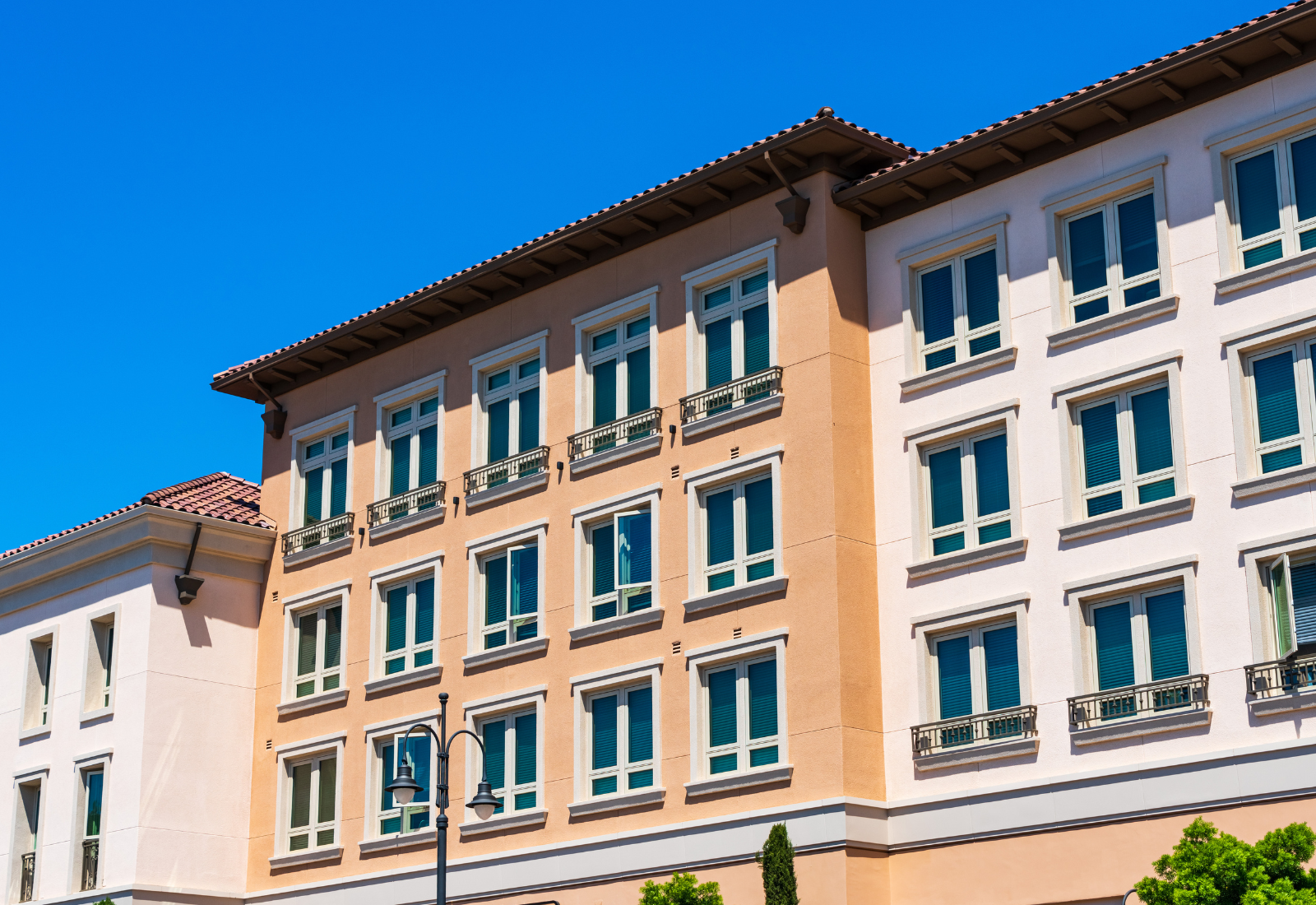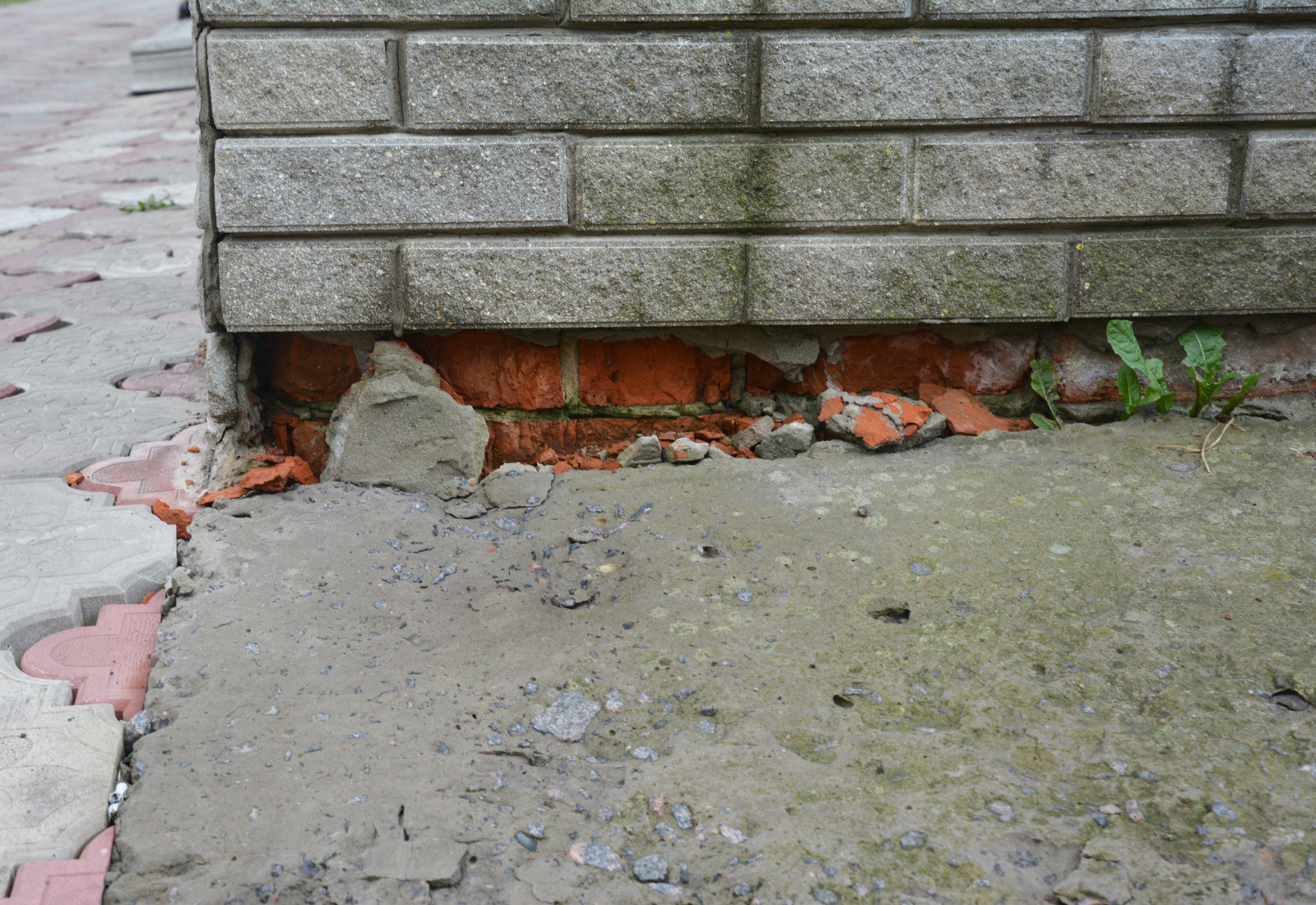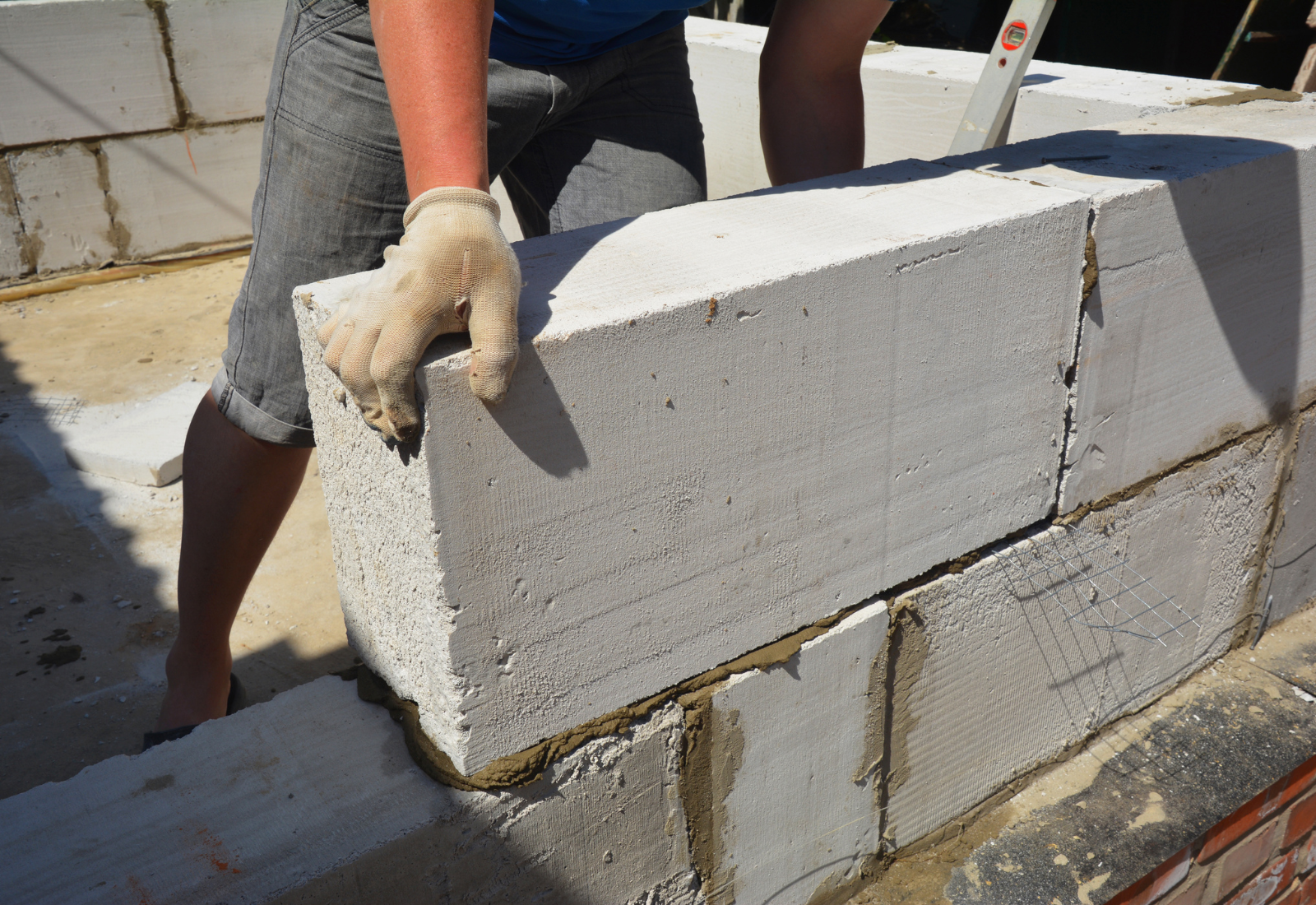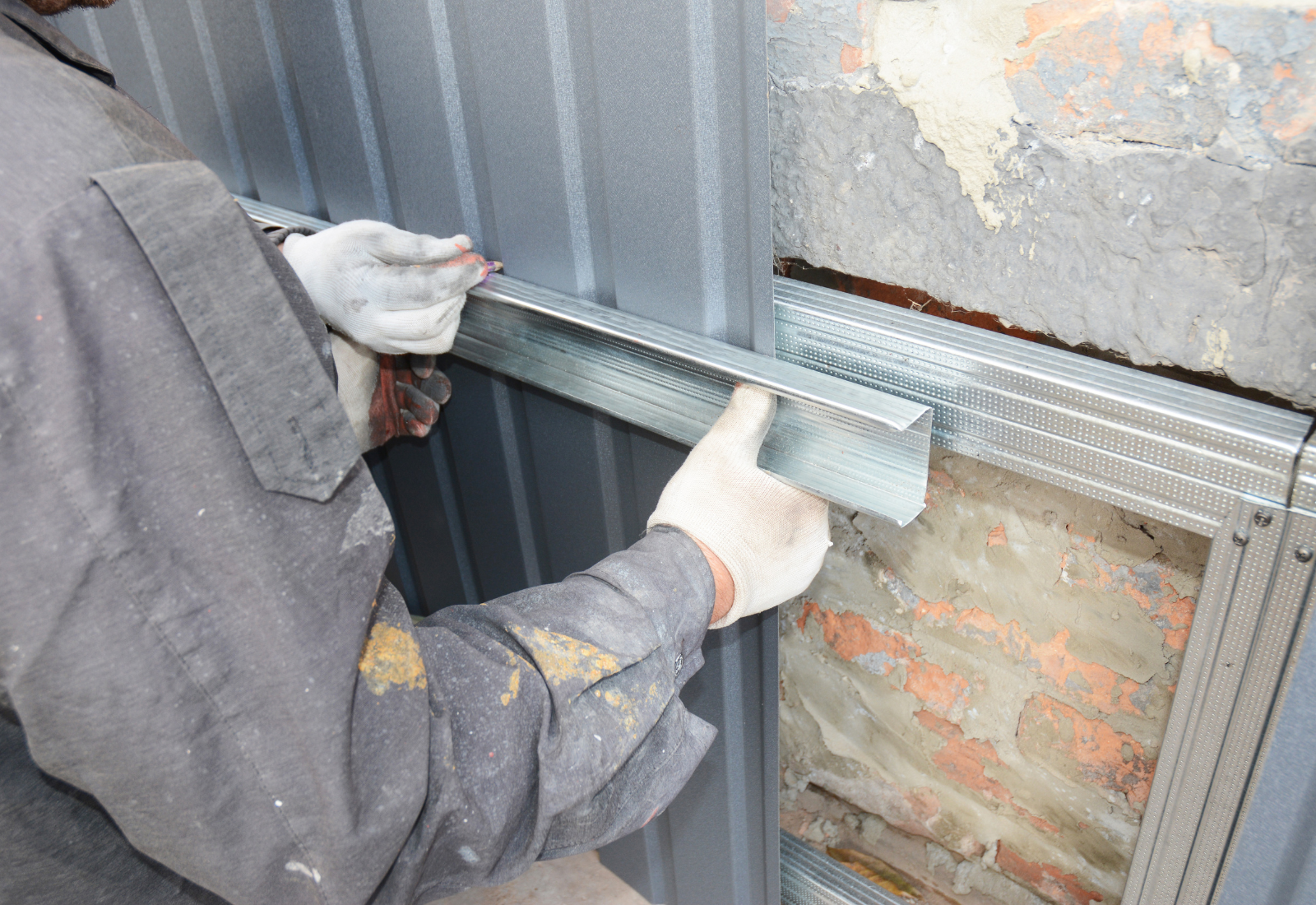
Foundation Repair in San Francisco: Choosing the Right Method
When it comes to maintaining the structural integrity of your property in San Francisco, foundation issues can be a significant concern. Factors such as soil composition, seismic activity, and water intrusion can contribute to foundation damage over time. If you’re dealing with foundation problems, it’s crucial to choose the right repair method and foundation repair service to ensure the long-term stability and safety of your building. In this post, we’ll explore the various foundation repair methods common in San Francisco and provide valuable insights to help you make an informed decision.
Understanding Building Foundations
A building foundation is the structural component upon which the entire weight of a building rests, transferring loads from the structure to the underlying soil or rock. A properly designed and constructed foundation is essential for ensuring the stability, durability, and safety of a building.
Types of Building Foundations
There are several types of building foundations commonly used in construction, each suited to specific soil conditions, structural requirements, and environmental factors:
- Shallow Foundations: Shallow foundations, also known as spread footings or slab-on-grade foundations, are typically used for low-rise structures and buildings with relatively light loads. They are constructed close to the surface and distribute the building’s weight over a wide area of soil.
- Deep Foundations: Deep foundations are designed to transfer loads to deeper, more stable soil or rock layers when shallow soils are insufficient to support the structure’s weight. Common types of deep foundations include driven piles, drilled shafts, and caissons.
- Pier and Beam Foundations: Pier and beam foundations consist of a series of vertical columns (piers) supporting horizontal beams, which in turn support the building structure. This type of foundation is commonly used in areas with expansive soils or high water tables.
- Slab Foundations: Slab foundations, also known as slab-on-grade foundations, are a type of shallow foundation where the building sits directly on a concrete slab poured directly onto the ground. This type of foundation is popular in regions with mild climates and stable soil conditions.
Functions of a Building Foundation
The primary functions of a building foundation include:
Supporting the Structure: The foundation bears the weight of the building and transfers it to the ground, ensuring structural stability and preventing settlement or collapse.
Distributing Loads: Foundations distribute the building’s weight evenly over a larger area of soil, minimizing soil settlement and preventing differential movement.
Resisting External Forces: Foundations are designed to resist lateral forces such as wind, seismic activity, and soil pressure, ensuring the structural integrity of the building during extreme weather events or seismic events.
Protecting Against Moisture: Properly designed foundations include measures to protect against moisture intrusion, such as waterproofing membranes, drainage systems, and proper grading, to prevent water damage and mold growth.
Understanding Foundation Issues
Before exploring the different foundation repair methods, it’s important to understand common signs of foundation problems. These may include:
- Cracks in walls or floors
- Uneven or sloping floors
- Doors and windows that stick or don’t close properly
- Bulging or bowing walls
- Water intrusion or dampness in the basement or crawl space
If you notice any of these signs, you’ll want to address them promptly to prevent further damage to your property.
Challenges Facing San Francisco Property Owners
Property owners in San Francisco face unique challenges due to the city’s geographical location, geological characteristics, and environmental factors. These challenges can significantly impact the integrity of buildings and infrastructure, requiring proactive measures to address potential issues effectively.
1. Seismic Activity
San Francisco is located in a seismically active region, making it prone to earthquakes. The city has experienced several significant earthquakes throughout its history, including the devastating 1906 earthquake. As a result, property owners must ensure that their buildings are designed and constructed to withstand seismic forces. Retrofitting older buildings to meet modern seismic standards is often necessary to minimize the risk of structural damage and ensure occupant safety.
2. Soil Conditions
The soil composition in San Francisco varies widely across different neighborhoods, ranging from sandy loam to clay and fill soils. Some areas are prone to soil liquefaction during earthquakes, which can cause ground instability and foundation settlement. Property owners must assess soil conditions and implement appropriate foundation design and construction techniques to mitigate the risk of settlement and structural damage.
3. Coastal Environment
San Francisco’s proximity to the Pacific Ocean exposes properties to coastal environmental hazards such as saltwater intrusion, erosion, and flooding. Buildings located in coastal areas may experience accelerated deterioration due to saltwater corrosion, moisture intrusion, and high winds. Property owners in coastal areas must contend with the following challenges:
- Saltwater intrusion
- Erosion control
- Flooding risk
- High winds
- Coastal regulations
4. Urban Density and Development Constraints
San Francisco’s dense urban environment presents challenges for property owners related to space constraints, zoning regulations, and building codes. Limited space for expansion or renovation projects may require innovative design solutions and careful planning to maximize property use while complying with local regulations.
5. Aging Infrastructure
Many buildings in San Francisco are historic or older structures, presenting challenges related to aging infrastructure and deferred maintenance. Property owners must address issues such as:
- Deteriorating building materials
- Outdated mechanical and electrical systems
- Inadequate seismic retrofitting
- Plumbing and sewer line deterioration
- Foundation settling or degradation
- Insufficient insulation and energy inefficiency
6. Water Intrusion and Mold
San Francisco’s temperate climate and frequent foggy conditions can contribute to moisture-related problems such as water intrusion and mold growth. Improperly sealed windows, roof leaks, and inadequate ventilation can lead to moisture accumulation, resulting in mold infestation and indoor air quality issues.
Assessment by Professionals
Before choosing a repair method, it’s advisable to have your foundation inspected by a qualified professional. A licensed engineer or foundation specialist can assess the extent of the damage and recommend the most suitable repair approach based on factors such as soil conditions, structural integrity, and budget considerations.
Common Foundation Repair Methods
Underpinning: Underpinning involves strengthening or stabilizing the foundation by extending its depth or width. This method is often used for properties with foundation settlement or sinking issues. Common underpinning techniques include:
- Helical Piers: Helical piers are screw-like piles driven into the ground to support the foundation and prevent further settlement.
- Push Piers: Push piers are hydraulic-driven piles installed beneath the foundation to lift and stabilize it.
- Concrete Piers: Concrete piers are poured directly into the ground to provide additional support to the foundation.
- Slab Jacking: Slab jacking, also known as mud jacking or slab leveling, is a method used to lift and level sunken or uneven concrete slabs. This process involves injecting a grout mixture beneath the slab to raise it to its original position.
- Pier and Beam Repair: Properties with pier and beam foundations may require repair due to issues such as rotting wood beams or deteriorating piers. Repair methods may include reinforcing existing beams, replacing damaged piers, or adding additional support.
- Waterproofing: Addressing water intrusion issues is essential for preventing further damage to the foundation. Waterproofing methods may include installing French drains, exterior waterproofing membranes, or interior drainage systems to redirect water away from the foundation.
Importance of Working with Professionals
While DIY repair may seem tempting, it’s critical to enlist the services of experienced foundation repair professionals. Working with a reputable foundation repair company offers several advantages:
Expertise: Professionals have the knowledge and skills to accurately diagnose foundation issues and recommend appropriate repair solutions.
Safety: Foundation repair work can be complex and hazardous. Professionals are trained to adhere to safety protocols and ensure the safety of both the property and its occupants.
Quality Assurance: Professional repair companies use high-quality materials and equipment to ensure long-lasting results and minimize the risk of future problems.
Warranty: Many professional repair companies offer warranties on their workmanship, providing peace of mind and protection against unexpected issues.
Contact Us for Expert Foundation Repair Services
If you’re experiencing Marin County foundation issues or water intrusion problems in your property, don’t hesitate to contact Victor Construction & Engineering. As a leading provider of foundation repair and water leak detection services, we have the expertise and resources to address your needs promptly and effectively. Our team of experienced professionals is committed to delivering exceptional results and ensuring the structural integrity of your property. Reach out to us today to schedule a consultation and take the first step towards a safer and more stable foundation.
